How to Transition to Minimalist Running Shoes
+ Goals to Work Towards and an Action Plan to Follow
It takes time to transition to minimalist running shoes. After years of running in toe-binding PECH (pronation control elevated cushioned heel) shoes, your feet muscles can become very weak.
It's time to change that and running in a more minimalist style shoe can help!
Before you jump right into minimalist or barefoot shoes I want you to work on the following 5 goals step by step so that you can gradually transition to minimalist running shoes.
Follow these steps in order to ensure that your feet adapt properly to running in a pair of minimalist shoes. Jumping straight into minimalist running could have severe impact on your feet, leg muscles and running especially if you are used to running in a very cushioned shoe!
Here are your goals to work towards as you begin this transition to minimalist shoes. We will discuss each one in depth on this page:
- Strengthen your feet and arch muscles.
- Increase your proprioception
- Strengthen the balancing capacity of your toes but especially your big toe (the abductor hallucis muscle)
- Practice your running form.
And last but not least...
5. Buy the right shoes!
Let's now look at each one of these in a little more depth and talk about how to go about reaching each specific goal.
Following this will be a transition program to guide you.
You need to start working on these goals though before you start actually transitioning.
Start today! Then start looking for your minimalist running shoes so that you are prepared to start running minimally when they arrive!
You can find my list of the best minimalist running shoes for both men and women here.
Related: 12 Best Running Shoes to Try in 2024
Step by step plan to help you transition to minimalist running shoes:
1. Strengthen your feet muscles.
Running in minimalist shoes or bare feet will naturally strengthen your foot muscles.
However before you jump right into the transition to minimalist running shoes, you will want to help your feet adapt smoothly by doing some strengthening exercises.
Here are a few I suggest that will start the toughening up process:
- Calf Raises - rise up on your tip toes and then lower. Do this about 10 times, for 2-3 sets. They can also be done on a step or incline.
- Dorsiflexion and Plantarflexion Movements (simply point and flex your foot at the ankle). This is a great strengthening exercise to do when you are sitting and also improves circulation for those with desk jobs.
- Walk around barefoot whenever you can. Around the house is a great way to start the transition to minimalist running shoes. It gets your feet used to their natural movements and begins process of forming callouses so that you can endure running without that extra cushioning.
- If you are already walking around in bare feet around the house, next try picking things up with your feet. Try easy things like a pencil.
- Point toes then curl and contract very hard and hold for 10 seconds. This may actually hurt a bit at first because your feet muscles are weak.
- To strengthen your arches remember: an arch support will not strengthen your arches since the support is doing all the work. Therefore first try to weed out shoes that do have arch supports. Next try this exercise: arch your foot up into a dome shape, holding it for 10-15 seconds and then relaxing. Repeat 3-5 times. You may feel your foot start to cramp. That's ok! Its that weakness screaming on its way out.
2. Gain balance (AND) 3. increase proprioception.
Strengthen the balancing capacity of your toes but especially your big toe (the abductor hallucis muscle) is extremely important in running minimally.
The toes will be doing the job of giving support, balance and help in dispersing impact forces so we want these little piggys to be strong!
Balancing exercises will also help to stabilize your joints and increase your natural running gait.
Here are some suggestions to reach this goal:
- Do some Youtube video workouts barefoot. (My personal favorites are Fitness Blenders and PopSugar Fitness videos) Since these videos can be done in the comfort of your home they are great to do barefoot since you know what's on your floors and don't have to worry about what you might run into. Doing them barefoot would increase your balance, stability, and proprioception.
- The Wobble or Balance board is an excellent tool to use to increase your balance and also helps to strengthen your feet. They are great for gaining strength, balance, and injury prevention. Plus you can find lots of detailed workouts for the balance board on Pinterest.
- Buy a pair of toe spacers. Spacers will help guide your toes apart from each other to help undo the damage of binding that have been placed on the feet due to years of improper shoes and constrictive socks. Correct Toes designed by Dr. Ray McClanahan, does exactly this and was designed with runners in mind. Although the reviews are positive they are a little expensive. It seems that some people have seen results with these toe spacers You will want to make sure that your shoes have enough room in the toe box to allow for Toe spacers. All the ones that I recommend though should have enough room if not you may just need to order your size in wide. Toe socks have also been recommended to help in separating the toes. Dr. McClanahan recommends these Injinji toe socks which also can be worn with the Correct Toes Product or just by themselves with your shoes to help with separation.
4. Practice your running form.
The biggest battle by far in changing to a minimalist running style is switching your footstrike. It will take some practice and you will feel soreness but you will get there if you keep at it.
Here's what your minimal running form should look like as you transition to minimalist running shoes:
- Use a forefoot strike.
- Short, quick steps. When you run with a forefoot strike you will be doing less dorsiflexion and more plantar flexion at the ankle joint versus heel striking and therefore will take faster steps. If you have trouble setting a quick cadence try the Map My Run app which has a cadence timer and can be downloaded for free. You should be running at a cadence of around 180 steps per minute.
- Do NOT over stride! This is one of the number one reasons people find themselves injured. Overstriding (when your feet land far out in front of your body) places significant stress on the achilles tendon, calf muscles and knee joint. Your foot should be landing directly under your body in line with your hips.
- Lean slightly forward at the ankle joint to allow for gravity to work with you. Do NOT bend at the hips. Here is a drill that you can do to train yourself to have a proper lean.
- Keep relaxed in the upper body.
5. Buy the right shoes.
- Find out what to look for in a pair of great minimalist running shoes. (Download the free guide to the best running shoes for distance runners!)
- As you begin to transition to minimalist running shoes, start with two pairs of shoes. Keep your shoes that you run in right now. You will be alternating with your minimalist shoes until you build up to being able to run solely in minimalist shoes. Once you can then ditch your old shoes!
- The best way to transition to minimalist running shoes is to go in stages. First, find a shoe that has a 5mm heel-toe drop. After you have been running comfortably for awhile in 5mm shoe try a zero-drop shoe. Then if you so desire, maybe you will want to try some barefoot running sandals!
Here is the link again to find my list of the best minimalist running shoes for both men and women.
Now for you 3 Step Plan of Action! How to Transition to Minimalist Running Shoes:
First note: You do not need to cut back your current mileage. This will help you to seamlessly transition your shoes into your running lifestyle and race schedule. There is no need to wait!
Step 1:
Go somewhere that has a flat smooth surface - a track, clean sidewalk, etc.
Take your shoes off and run around for about 3 to5 minutes in bare feet. Yes, take your shoes off even if you are planning on running with minimalist shoes. The idea is to allow proprioception to occur naturally.
Watch how your foot lands, feel how it moves under you, practice striking with your forefoot. You will notice how your foot automatically adjusts to a certain landing through proprioception and can sense whether you are landing too hard or too soft.
Step 2: Transition into your 5mm drop shoes.
Run a 1/4 mile in the shoes. Take them off and continue your run in your accustomed running shoes.
Increase to a 1/2 a mile the next run, then to 3/4 of a mile, then to a full mile.
Continue alternating back and forth for longer and longer distances until you do not feel any discomfort or soreness in your legs and feet during or after a run.
When you are running in your usual running shoes, supplement your regular foot strike with a forefoot or midfoot strike.
Remember this takes practice so practice as much as you can! This step will take about 1 month.
Step 3: Transition into your zero-drop shoes.
Follow the same course of action as with 5mm shoes.
Start with a 1/4 mile and continue to increase during your runs until your feet have fully adjusted to running without an elevated heel, arch support, and motion control technology.
Continue practicing your forefoot striking.
How long should the total transition to minimalist running shoes take?
As with everything, every runner is different. A lot of natural-loving podiatrists claim that it will take up to 12 months. Yes, that's a chunk of time. But remember the payoffs!
Final Tips on How to Transition to Minimalist Running Shoes
1. You will develop soreness and some discomfort mostly on the upper part of your feet and Achilles tendon as you transition to minimalist running shoes.
However, this is a good thing!
Think about it. You are building up the muscles in your foot that have grown weak from too much cushioning, motion control, stabilization, etc. What happens when you work out new muscles? They feel sore afterwards.
Expect to have some soreness until your are fully transitioned.
2. Stretch your Achilles Tendon and your Calf muscles after EVERY run!
When you are forefoot striking, you are pointing your toes more than normal. This causes the Achilles tendon and calf muscles to contract more than they do when you heel strike which can make them sore and cramp.
Point your toes right now down towards the ground and feel the back of your legs tighten. Yep, that's where you want to stretch!
Get a tennis ball or a foam roller if you have one and just move it around in the sore areas to help break up scar tissue and promote recovery. This will also feel good under your arches.
3. If you feel any sharp, chronic pains as you transition to minimalist running shoes then hold off.
Your joints and muscles may just need a break from transitioning for awhile. After a time, try to ease back into it.
4. Talk to your doctor and let him know you are super epic and breaking into the minimalist running sphere and are on the golden "transition to minimalist running shoes" road. He will help to guide you with the knowledge of all your past history.
Related Pages:
👋Sign up to receive the free printable strength exercises for runners: 👇
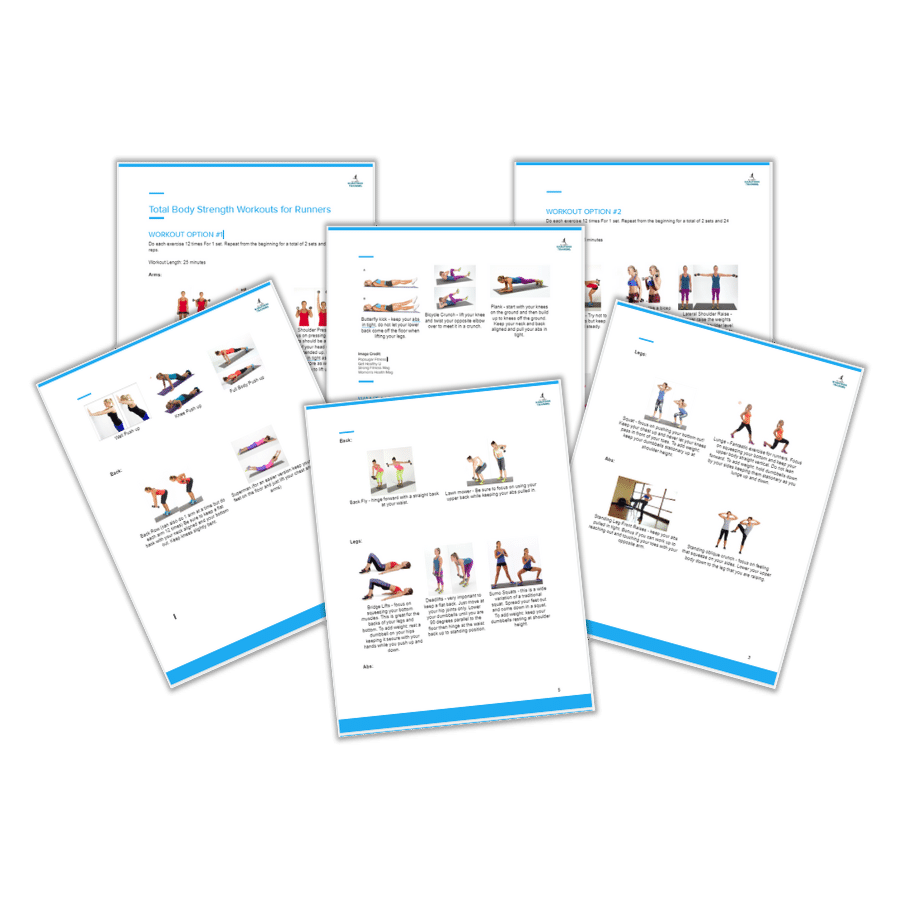 |
As featured on:

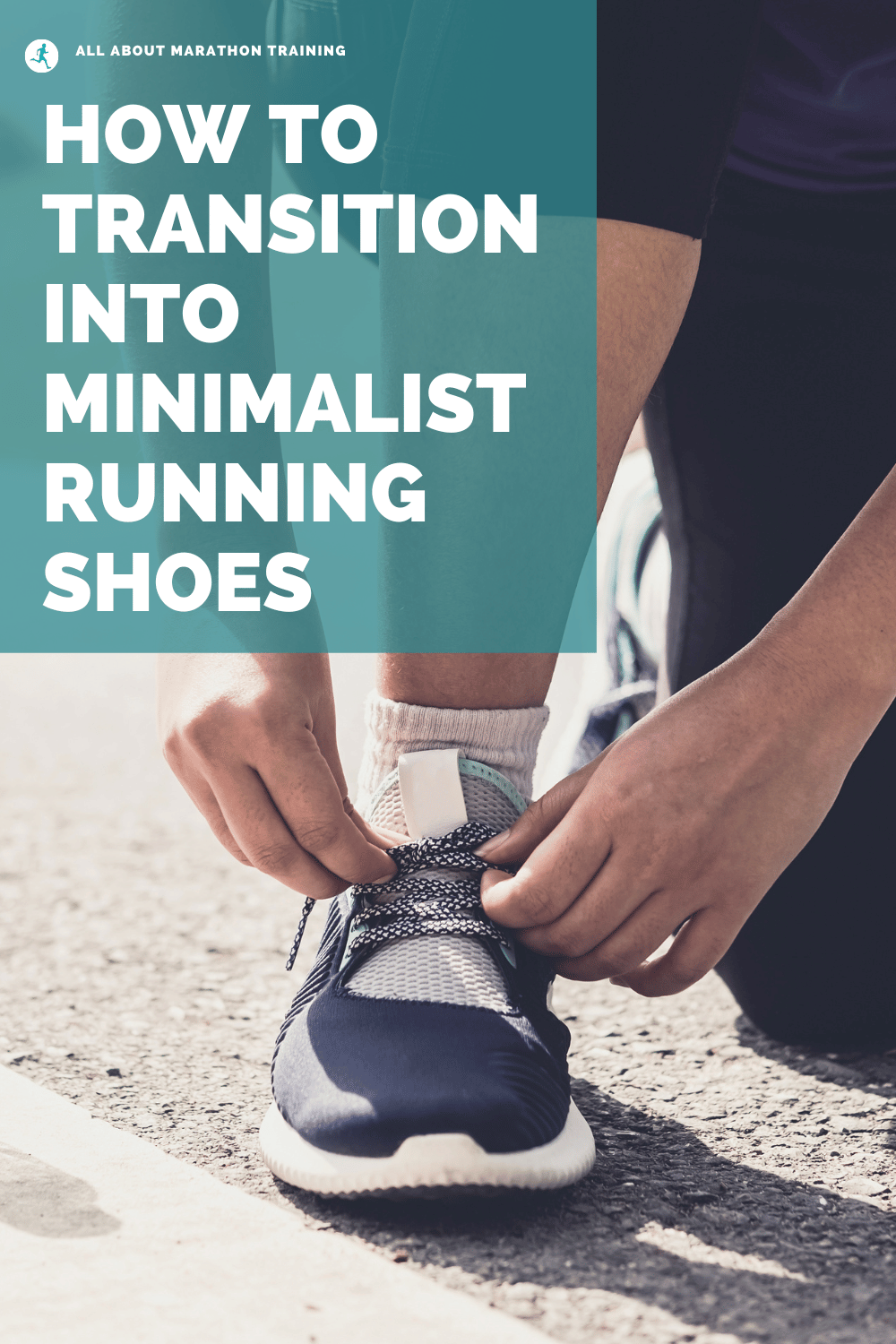
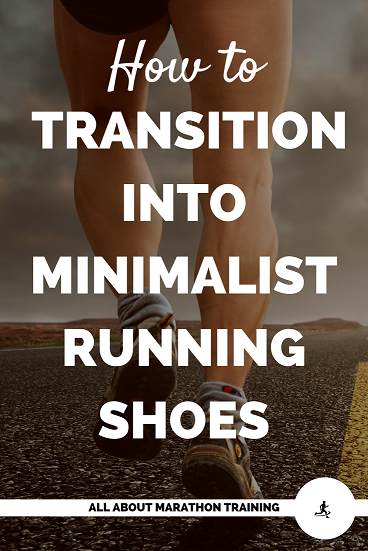
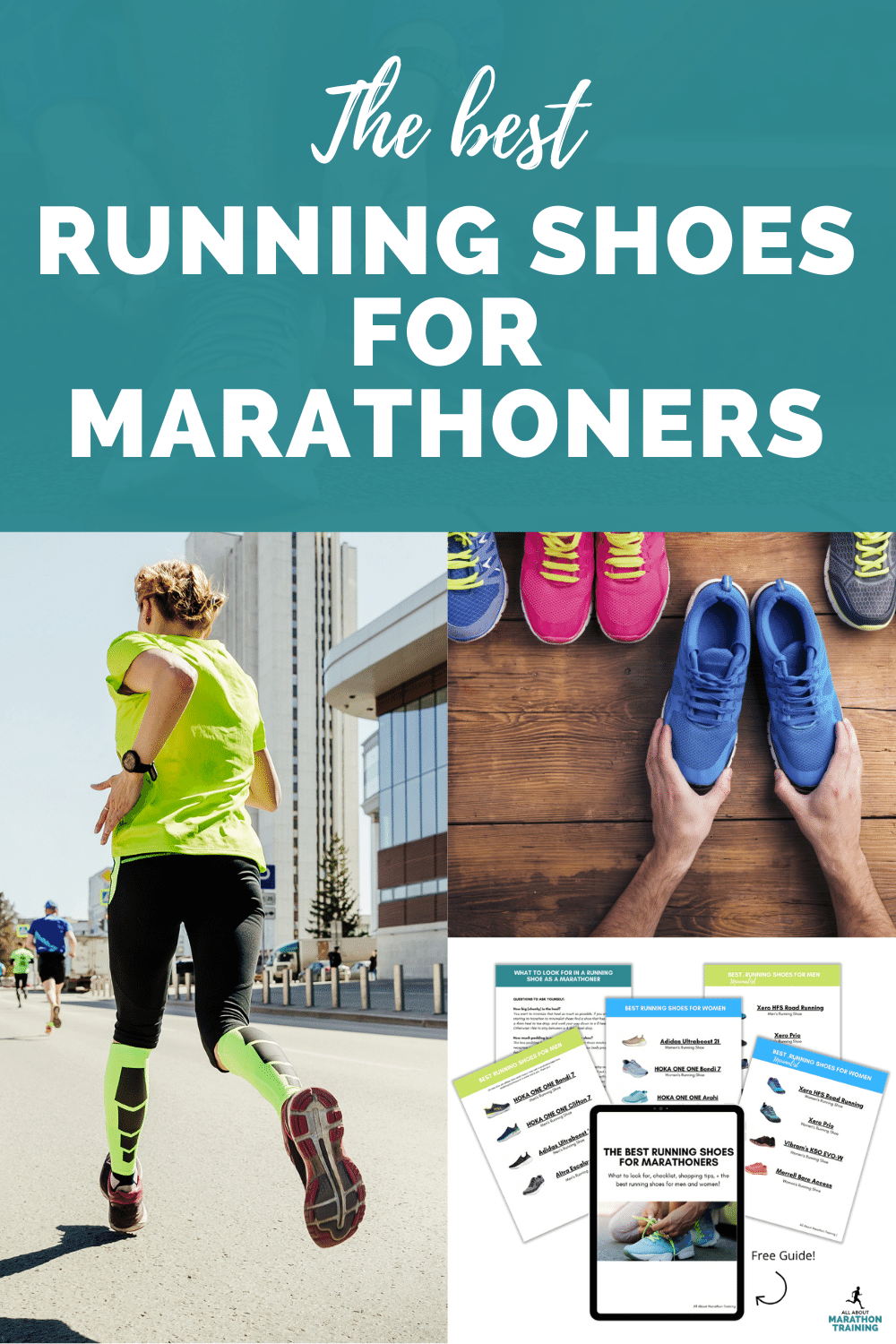
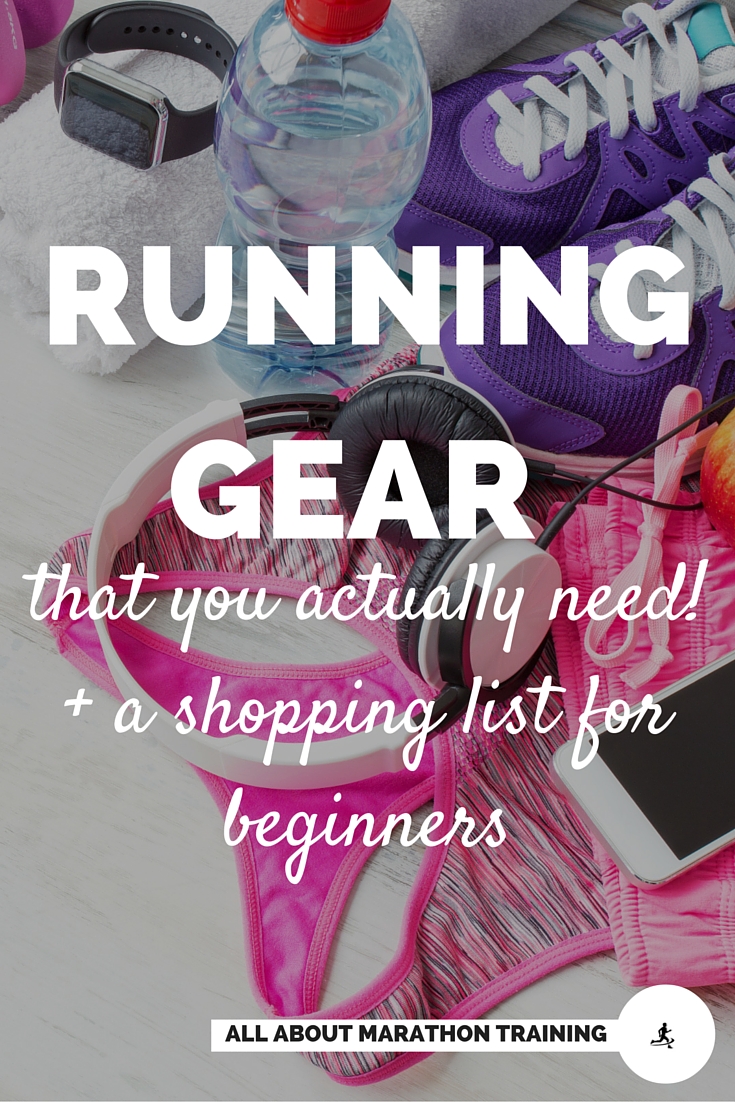
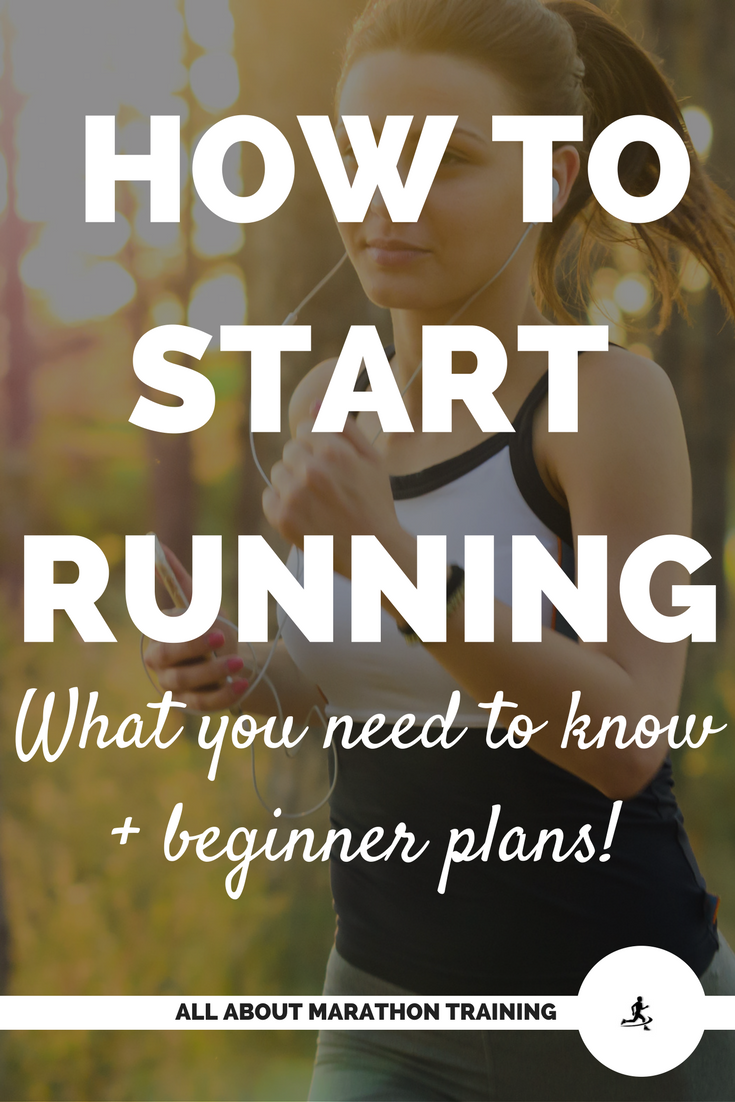
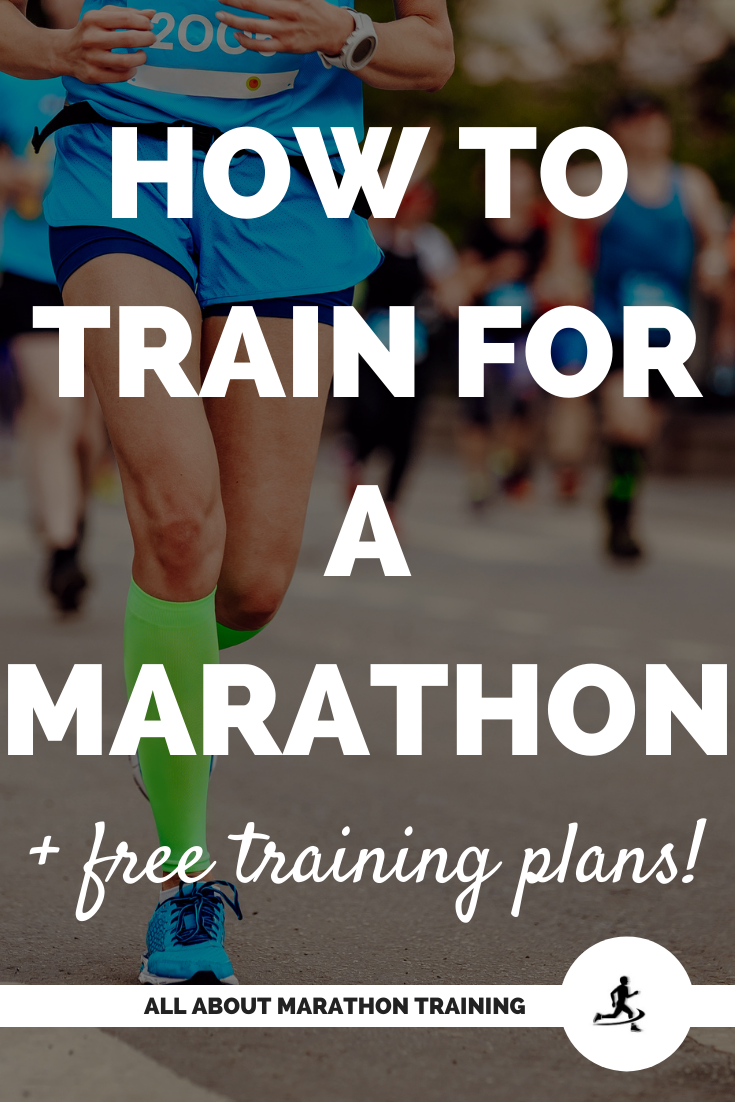

New! Comments
Have your say about what you just read! Leave me a comment in the box below.